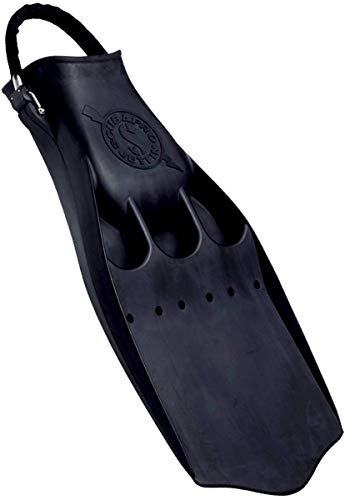Diving weights are used to ensure that a diver has zero buoyancy. This is a critical aspect of diving, because if a diver does not have a zero, or neutral buoyancy, they will need to expend effort just to remain in place. This will cause a diver to tire more quickly and need to leave the water sooner than would otherwise be necessary.
Contrary to the perfectly normal fear of drowning, a human being does not sink in water. We are naturally lighter than water, and as long as we don’t fill our lungs with it, we will float in the water. Loading ourselves up with gear might seem to counteract that and cause us to sink, until you stop to remember than we have a tank full of air strapped to our backs. This causes us to be buoyant, which is where diving weights come in. Buoyancy is calculated by the weight versus the amount of water displaced. If you weigh less than the water you would move out of the way, you float. If you weigh less, you sink.
The diving weights are usually small lead weights that can be placed within a diving belt to add a little more weight to a diver. This is usually done little by little, until neutral buoyancy is achieved. Until that happens, a diver must constantly be swimming down in order to avoid floating back to the surface. Thankfully it doesn’t take a deep immersion to figure out whether or not a diver is at a neutral buoyancy, if they can sit a few feet below the surface without moving, and not rise or sink, then they are good to go.
On the other hand, sometimes divers go overboard on their dive weights and overweight themselves. This is incredibly risky because it will make surfacing difficult and can lead to overexertion. Most modern dive weight belts have a quick-release switch so that divers can unload all of their lead weights in an emergency. Alternatively, you can just learn how to properly weight yourself in the first place.
Being overweighted can also cause you to descend too quickly, which has many issues of its own. For starters, you may find yourself struggling to equalize. If you’re still descending uncontrollably, this can easily lead to a ruptured eardrum or painful mask squeeze. You also don’t want to dive so fast that you leave your dive buddy behind. Dive weights are a necessity for diving, but in the wrong hands, they can actually be a double-edged sword.
Be very careful when weighting yourself for scuba diving. If you have new gear or are diving in a new body of water with different salt content, then you should redo your dive weights. Make sure you do not add so much dive weights that your BCD’s capacity is insufficient in keeping you positively buoyant.
If you find yourself in a situation where you cannot ascend due to your dive weights, do not hesitate to release them. You can always buy new ones, but you cannot buy back another life.


